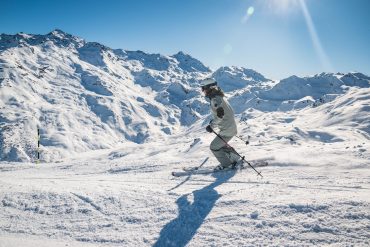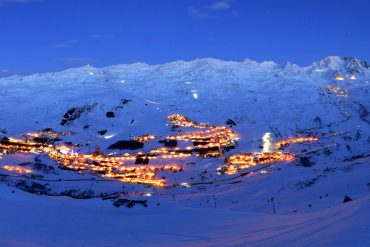What are the rules of alpine skiing?
Alpine skiing (or downhill skiing) and snowboarding are sports that involve risks. To avoid accidents on the ski slopes, there are FIS (International Ski Federation) rules to ensure safe skiing for all skiers and snowboarders. These good practices also apply to cross-country skiing, freestyle skiing and uphill skiing, whether these disciplines are carried out in world championships or in more amateur settings. So, what are the rules of alpine skiing?
What is alpine skiing?
Alpine skiing consists of a set of disciplines practised in a leisure context (downhill or off-piste skiing) or in competitions (giant slalom, downhill race, super combined and speed events). The first World Championships were held in 1931 and the first Alpine Skiing World Cup was held in 1967, while it was integrated to the Winter Olympics program in 1936. The term “Alpine” is actually not so exact as it actually covers the main types of skiing: Alpine skiing, uphill skiing and Nordic skiing. Downhill skiing is only one of these.
There are rules in any ski area, whether you go to Garmisch-Partenkirchen or Les Menuires. We therefore invite you to respect them in order to practise alpine skiing in complete safety, a magnificent sport which allows you to discover extraordinary sites and landscapes. Don’t forget that skis are just wooden boards and that the speed at which you go down the slopes is not insignificant in the event of a fall or accident!
10 rules for safe alpine skiing
Here are the 10 rules of alpine skiing, and they apply to everyone, whether you are a beginner or an Olympic vice-champion:
- Respect others: behave in a way that does not endanger or harm others. Pay attention to your behaviour, but also to your equipment.
- Control your speed and adapt your behaviour: adjust your speed and behaviour according to your personal abilities and the general conditions of the terrain (weather, snow conditions, traffic density, etc.).
- Choice of direction by the one who is uphill: it is the skier who is uphill of a particular position who chooses a trajectory in order to preserve the safety of any other person located further down.
- Overtaking: Overtaking can be done uphill or downhill, from the right or the left. The only requirement is that the overtaking skier must be wide enough to anticipate changes in the trajectory of the skier being overtaken.
- Check: When crossing the slopes or starting a run, make sure it is safe to do so before starting your descent or slalom.
- Stopping: do not stop in narrow or blind areas and clear the piste quickly if you fall.
- Climbing and descending on foot: If you have to walk up or down a slope because of a problem with your ski boots or skis, always use the edge of the slope and take care that you and your equipment do not constitute a danger to others.
- Respect warnings, signs and markings: take into account the information on weather, slope and snow conditions and respect the various signs and markings when skiing.
- Assist: If you witness or are involved in an accident, provide assistance and raise the alarm. Help the rescuers once they arrive on the scene if necessary.
- Identification: If you witness or are involved in an accident, quickly identify yourself to the nearest rescue service and/or third parties.
Some additional tips for optimal alpine skiing
Alpine skiing is all about the balance between speed and descent, and the safety of yourself and others. Always check the weather forecast and information for the day’s conditions before you head out on the slopes. Also get a piste map so you can find your way around the resort. As alpine skiing is really physical, keep yourself hydrated and eat a balanced diet. Always check that your equipment is properly adjusted and adapted to your body type and bring sunglasses. You should also apply a sun cream to protect your skin, especially with the reflection of the sun’s rays on the snow. You are now ready for downhill skiing!








